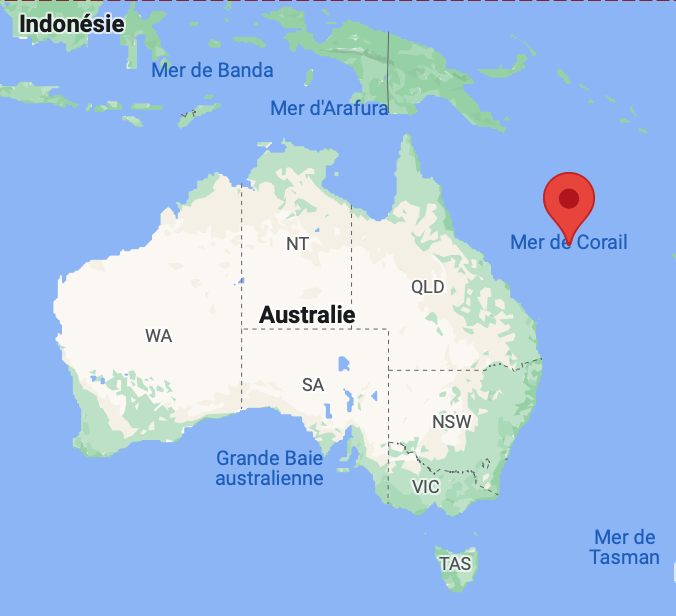Improving larval coral survival to restore the Great Barrier Reef
THE reef reborn project
CONTEXT AND MAIN ISSUES
Tropical coral reefs are the ecosystems most threatened by climate change. Warming surface waters and increasing marine heatwaves are causing coral bleaching and the disappearance of reef-dwelling species, which account for around 1/4 of the world’s marine life. 98% of Australia’s Great Barrier Reef is affected, and more than half of all corals have died in the last 20 years.
Almost all current reef repopulation initiatives involve the cutting of hardy adult corals, with the short-term aim of maintaining the ecosystem services they once provided (including fishing resources and tourist appeal). However, these colonies of the same genetic make-up (clones) are particularly sensitive to bacterial and viral infections, and offer no guarantee of resistance to further warming.
Sexual reproduction in corals enables genetic innovation, and promotes long-term reef resilience, but less than 1% of larvae reach adulthood. Jennifer Matthews’ team has developed an energy mix in the form of lipid nanoparticles, enabling 46% of larvae to eventually form new colonies.
GOALS
Optimization and in situ testing of a lipid cocktail to increase the survival rate of coral larvae.
METHOD
The project aims to (1) adapt the quality and quantity of the cocktail to water temperature, and (2) develop a simple feeding strategy, to make it affordable and easily replicable by local players. It includes a double phase of ex-situ experimentation in laboratory nurseries prior to reintroduction, and in-situ experimentation at selected high-value sites on the Great Barrier Reef. The results will be shared in the form of methodological guides and demonstration videos to encourage their adoption on a wider scale, and thus hope to improve the resilience of warm-water coral reefs.
HOW IS THIS PROJECT INNOVATIVE?
The Reefs Reborn project uses a unique cocktail of lipid nanoparticles to increase the survival rate of coral larvae, enabling more effective repopulation of tropical coral reefs threatened by climate change. Unlike current initiatives to propagate cuttings from adult colonies, this method enables the genetic renewal necessary for the long-term adaptation of reefs.
Graphic summary
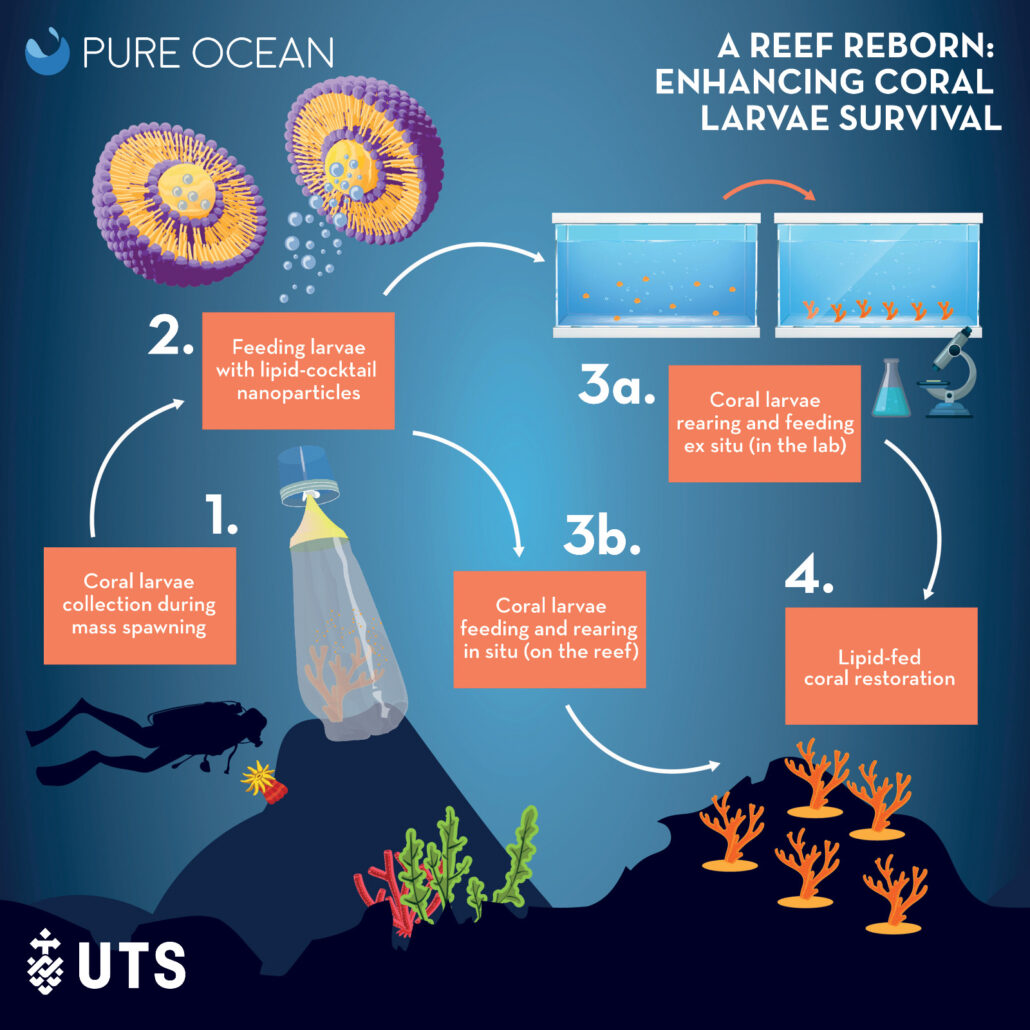
NEWS
Project duration
2022 – 2024
SUSTAINABLE DEVELOPMENT GOALS
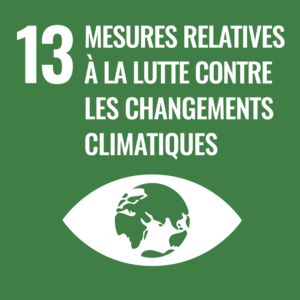
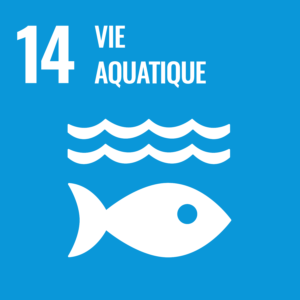
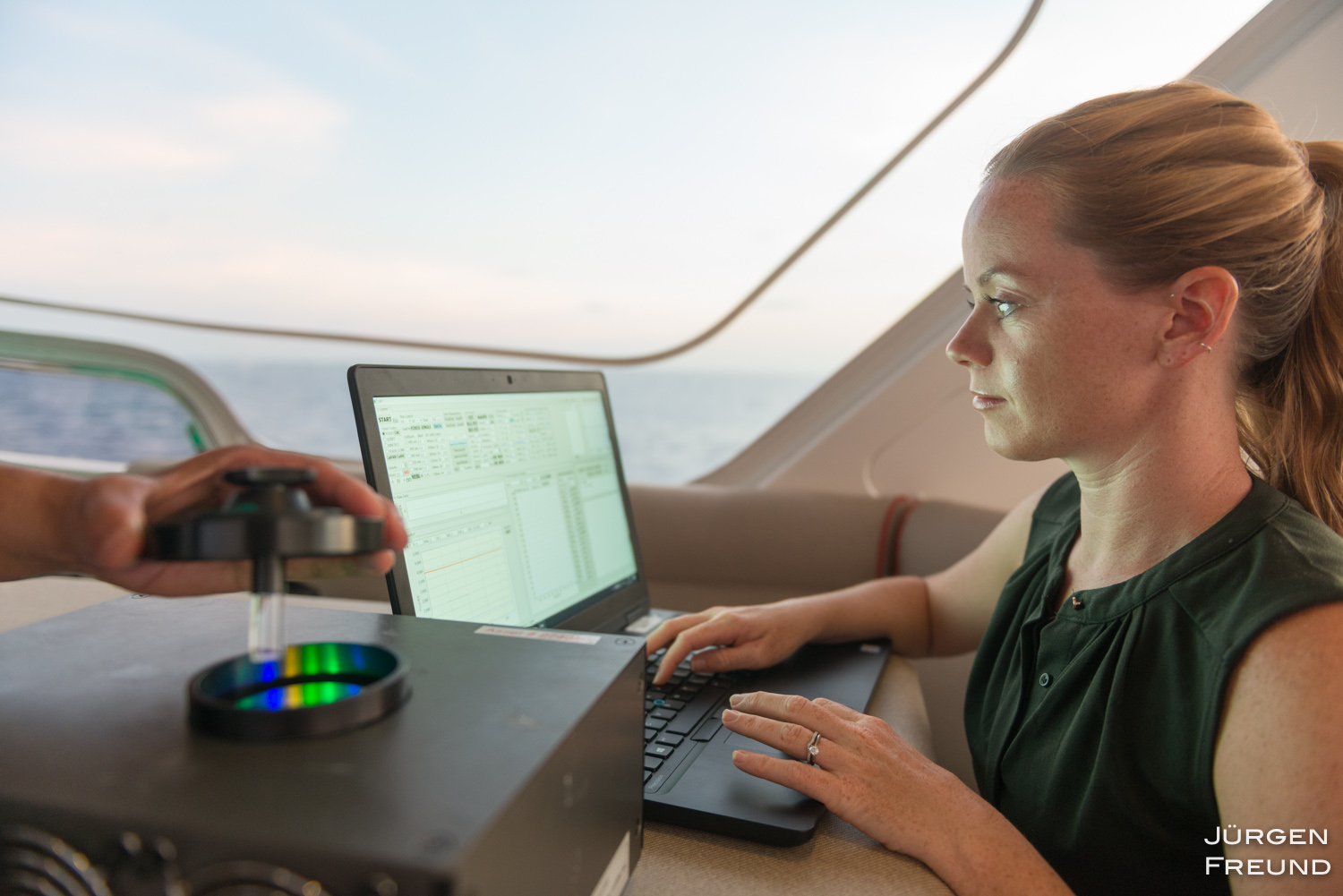
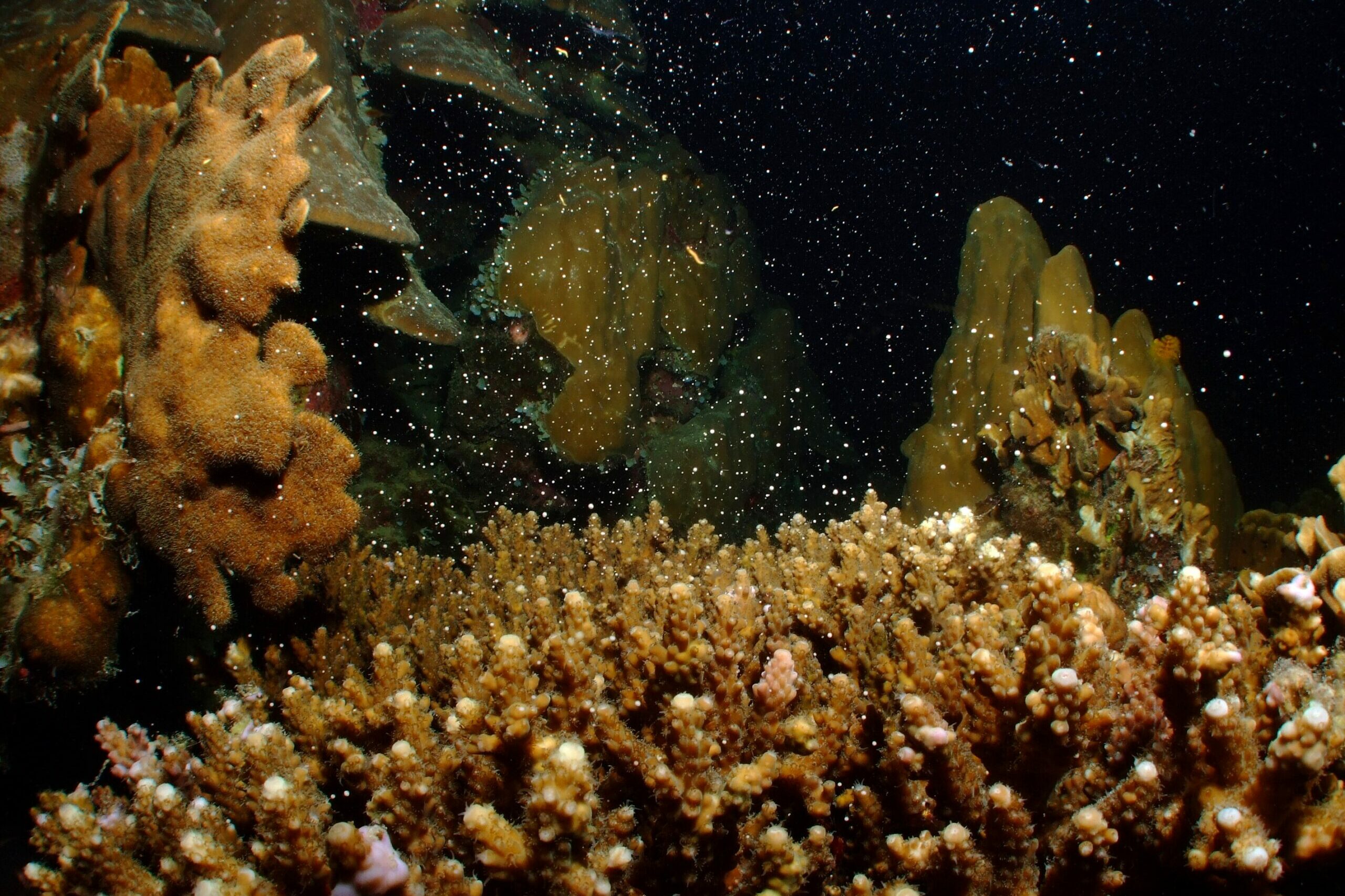
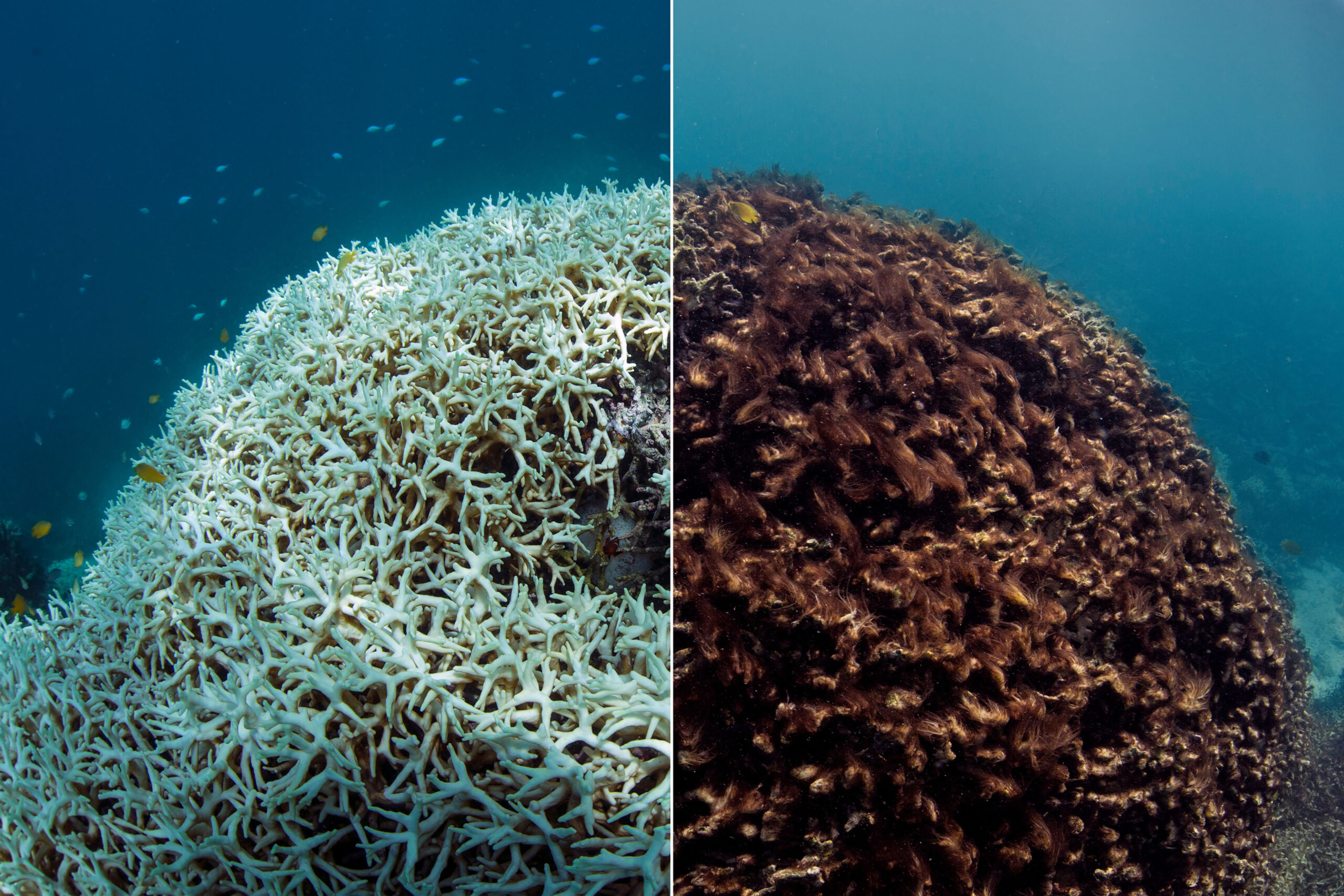
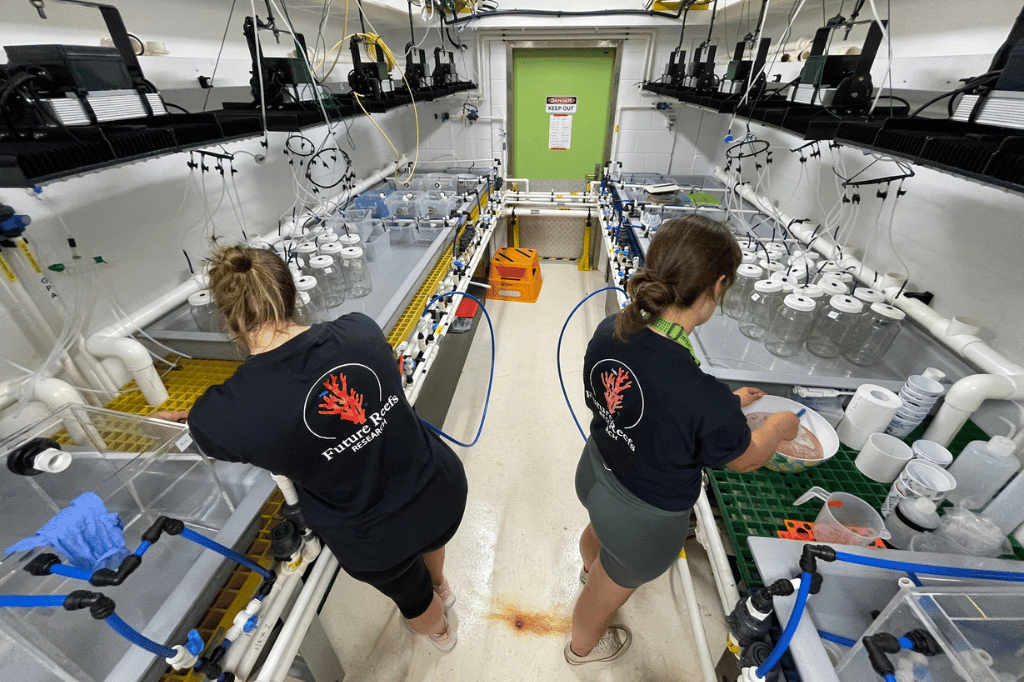
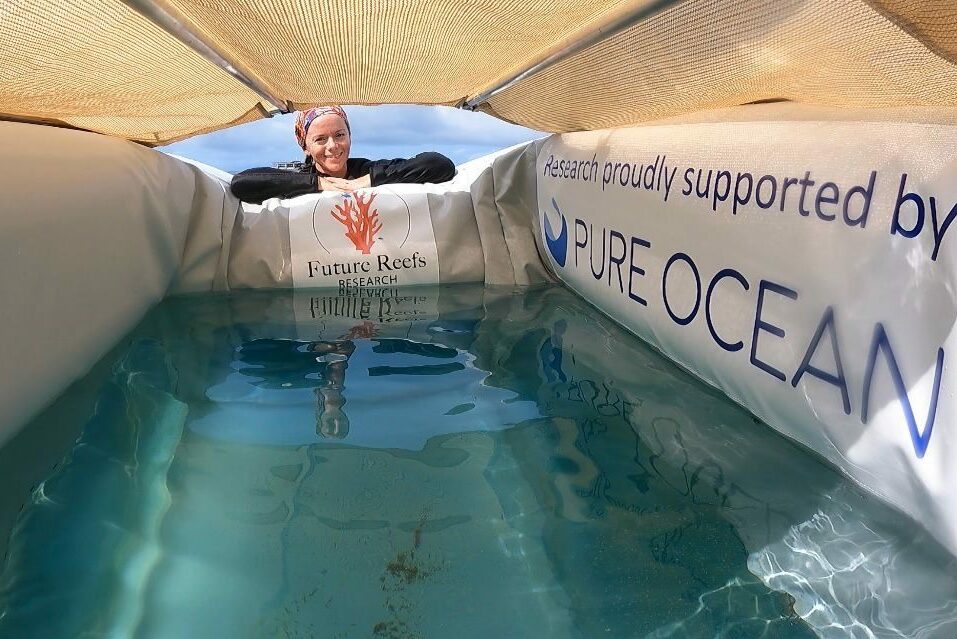
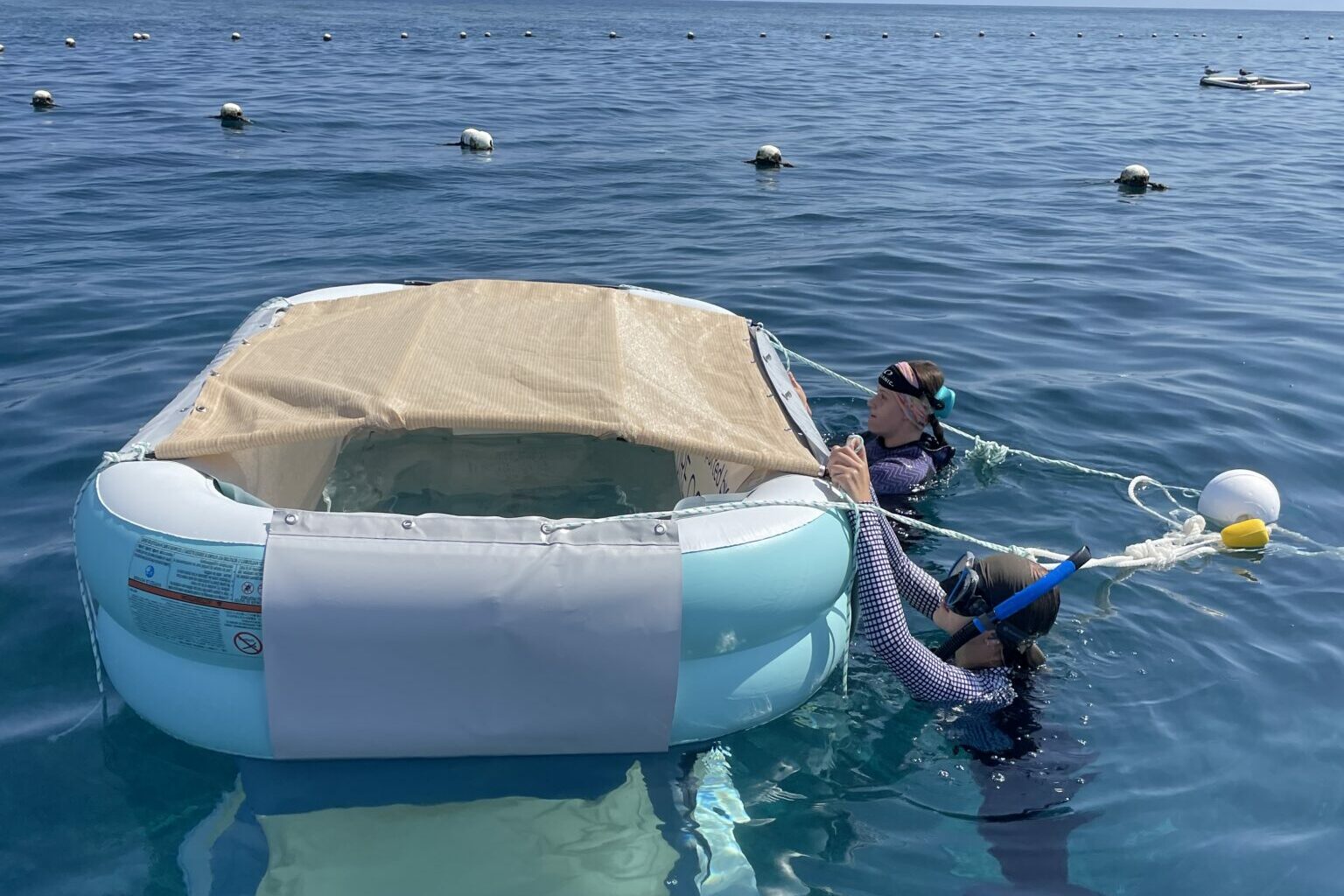
Results and advances
Coming soon
Step 1
Lorem ipsum dolor sit amet, consectetur adipiscing elit. Ut elit tellus, luctus nec ullamcorper mattis, pulvinar dapibus leo.
Lorem ipsum dolor sit amet, consectetur adipiscing elit. Ut elit tellus, luctus nec ullamcorper mattis, pulvinar dapibus leo.
étape 2
Lorem ipsum dolor sit amet, consectetur adipiscing elit. Ut elit tellus, luctus nec ullamcorper mattis, pulvinar dapibus leo.
Lorem ipsum dolor sit amet, consectetur adipiscing elit. Ut elit tellus, luctus nec ullamcorper mattis, pulvinar dapibus leo.
étape 3
Lorem ipsum dolor sit amet, consectetur adipiscing elit. Ut elit tellus, luctus nec ullamcorper mattis, pulvinar dapibus leo.
Lorem ipsum dolor sit amet, consectetur adipiscing elit. Ut elit tellus, luctus nec ullamcorper mattis, pulvinar dapibus leo.
The team

Dr. Jennifer Matthews
Post-doctoral fellow at University of Technology Sydney

Dr. David Suggett
Professor at University of Technology Sydney

Dr. Madeleine Van Oppen
Professor at University of Technology Sydney
Partners
Institutional Partners
First name Last name
Université, structure, asso,...
First name Last name
Université, structure, asso,...
First name Last name
Université, structure, asso,...

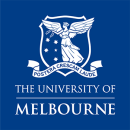
News


